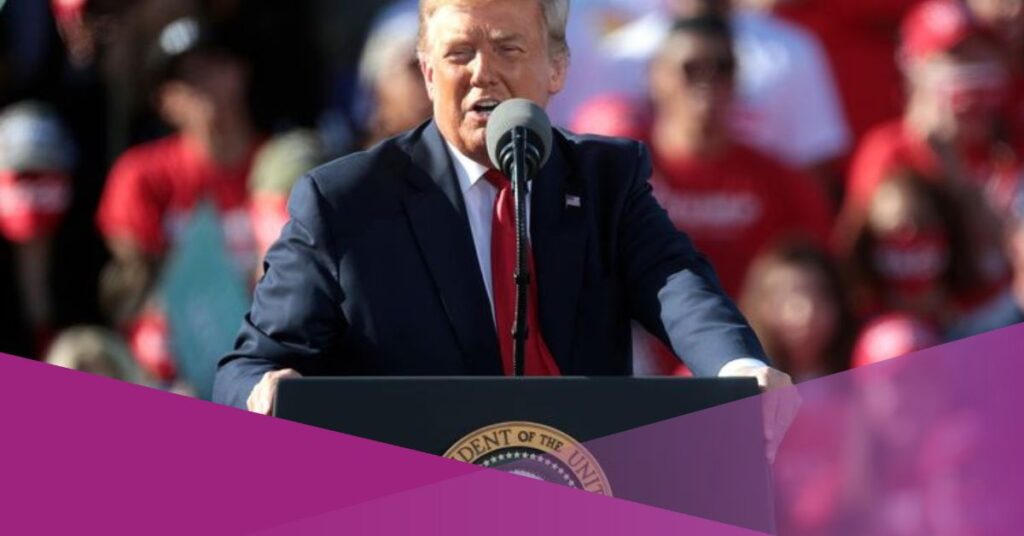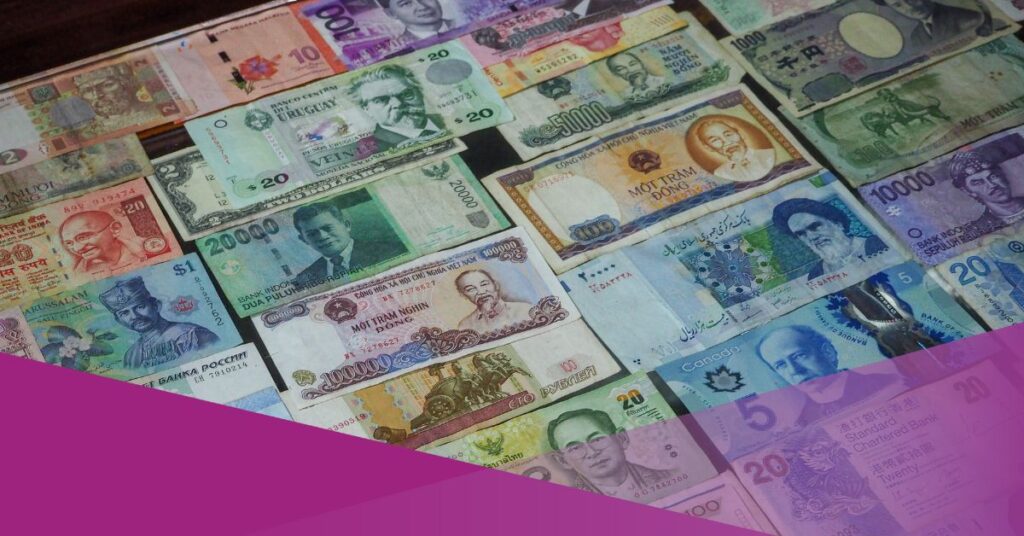July 28, 2022 – The Head of the Fiscal Policy Agency (BKF) of the Ministry of Finance (Kemenkeu) Febrio Kacaribu predicted that in 2022, inflation in Indonesia will reach 4,5 percent. This number is higher by 3% than the 2022 State Budget.
“The inflation rate is estimated at 3,5 percent to 4,5 percent, which is higher than the initial projection of the 2022 State Budget,” said Febrio Kacaribu in APBN KiTa Press Conference on Wednesday (27/7).
The rise of global commodity prices greatly increases the domestic prices of commodities. As a result, the government is monitoring the latest price developments and making efforts to stabilize food prices. This is done to prevent consumers from feeling the direct impact of inflation.
“This is a strategy and direction from the government’s policy, together with the DPR so that when the increase on global prices happened, the State Budget acts as a shock absorber to maintain people’s purchasing power,” he said.
It’s done so that the government can stabilize economic recovery momentum too. In this context, the government can keep the people’s purchasing power stable because the inflation happening right now is lower compared to other countries.
Bank Indonesia (BI) estimated that 2022 inflation, namely consumer price index (CPI) inflation rate at the range of 4,2 percent to 4,6 percent. Meanwhile, core inflation is predicted to reach 2 to 4 percent.
Core inflation refers to the inflation that reflects the balance between supply and demand in the national economy. On the other hand, the CPI inflation happened due to the increase in volatile food prices due to high global food commodity prices and disruption in the supply chain.
The Governor of Bank Indonesia Perry Warjiyo explained that the inflation of volatile food reaches over 10 percent. Depending on the policy by BKF, administered prices of energy, gas, and electricity are not affected. However, prices on non-subsidised energy such as pertamax have been rising
In conclusion, the reason for CPI inflation is the global impact and the increase in energy prices that are not subsidized by the government.






























